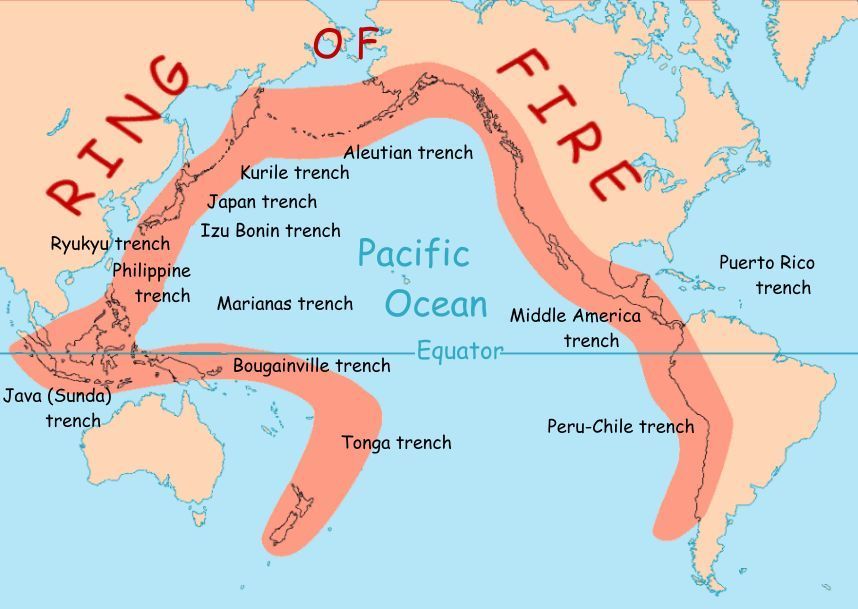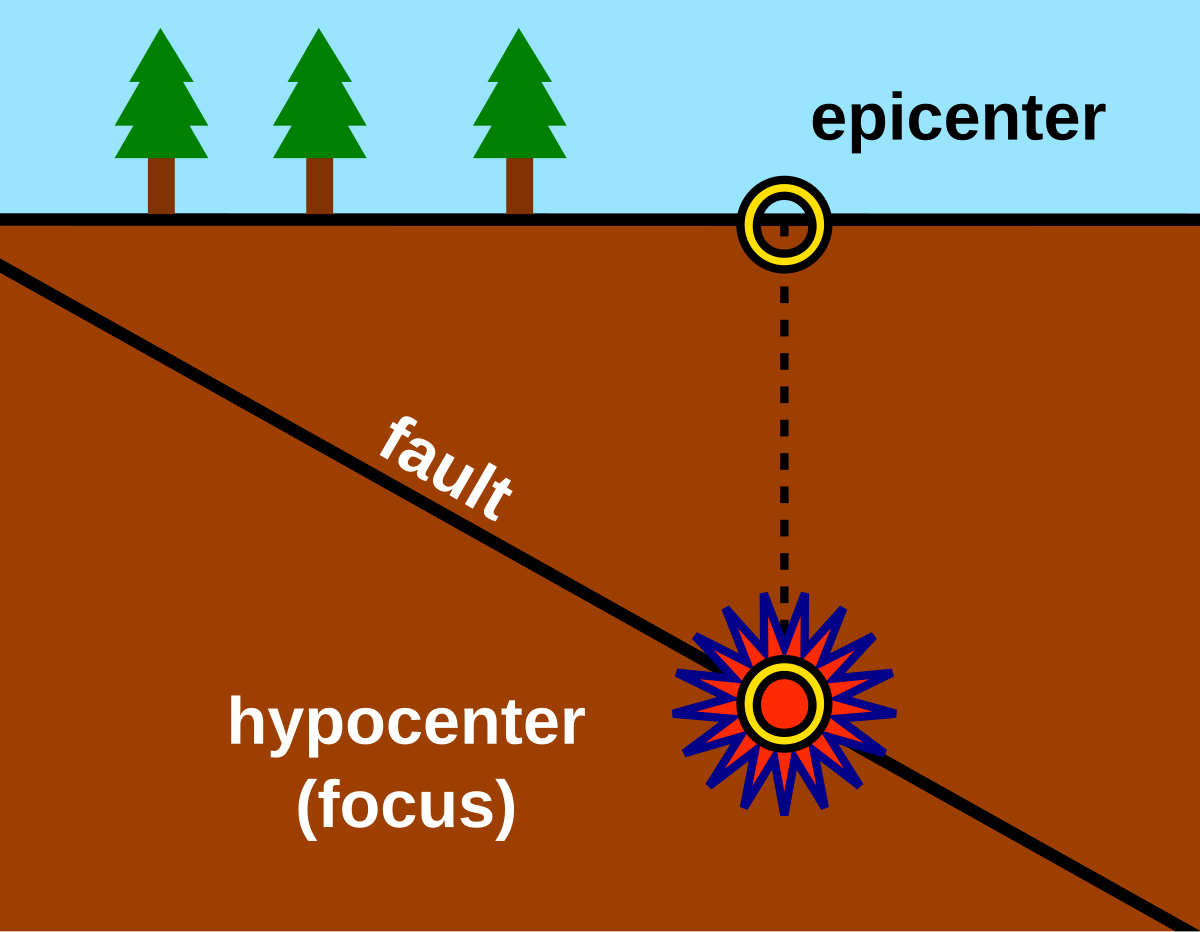Earthquakes
Extreme Earth Events - 12ESS
Finn Le Sueur
2024
Akoranga 17 Mahi Tuatahi
- Collect the volcanoes crossword
- Glue it into your book and complete!
- Put un-crumpled excess paper in the green bin
NB: 10 minutes max!
Te Whāinga Ako
- What type of plate boundaries and movements occur in NZ that contribute to earthquakes
Write the date and te whāinga ako in your book
Earthquakes
- Recall: Earth is made up of tectonic plates which move past each other
- Recall: New Zealand sits on the Ring of Fire
- Recall: Most earthquakes occur on this ring of tectonic plates

What Causes Earthquakes
- Tectonic plates cannot move smoothly past each other due to high friction
- Tectonic plates move suddenly
- This sudden movement is a large release of energy


- Energy moves through the ground as seismic waves
- The point under the ground where the plates actually move is called the focus
- The point on the surface, directly above the focus is called the epicenter
Pātai: What Causes Earthquakes?
There are two ways that earthquakes occur in New Zealand:
- Through volcanic activity (breaking of rocks through mantle pressure)
- Tectonic plate movement due to the movement of the mantle
It all comes back to the mantle!
Pātai: How to Plates Move?

- Crust is being pulled apart. The land slumps downwards and away from the other block.
- The two blocks are driven together, one block climbs above another.
- Block move sideways past each other.
Sketch the diagrams & descriptions in your book.
Task/Ngohe
Put these steps in order in your book!
- When the stress becomes too high, the block suddenly moves to a new position in just a few seconds.
- Stress (elastic potential energy) builds up in the blocks of the rock.
- Fault lines form both close and faraway from the stress to relives some of this pressure.
- Blocks of rock on either side of a fault are stuck together, but tectonic plates (Pacific and Australian) are still moving slowly.
- Energy is released in the form of seismic waves. We feel this as an earthquake.
Whakatika
- Blocks of rock on either side of a fault are stuck together, but tectonic plates (Pacific and Australian) are still moving slowly.
- Stress (elastic potential energy) builds up in the blocks of the rock.
- Fault lines form both close and faraway from the stress to relives some of this pressure.
- When the stress becomes too high, the block suddenly moves to a new position in just a few seconds.
- Energy is released in the form of seismic waves. We feel this as an earthquake.
Ngohe/Task
Find and read the stuff article on Google Classroom on the Hikurangi subduction zone earthquakes.
Ngohe/Task: Types of Faults
- Find the Types of Faults activity on Google Classroom
- Complete the task